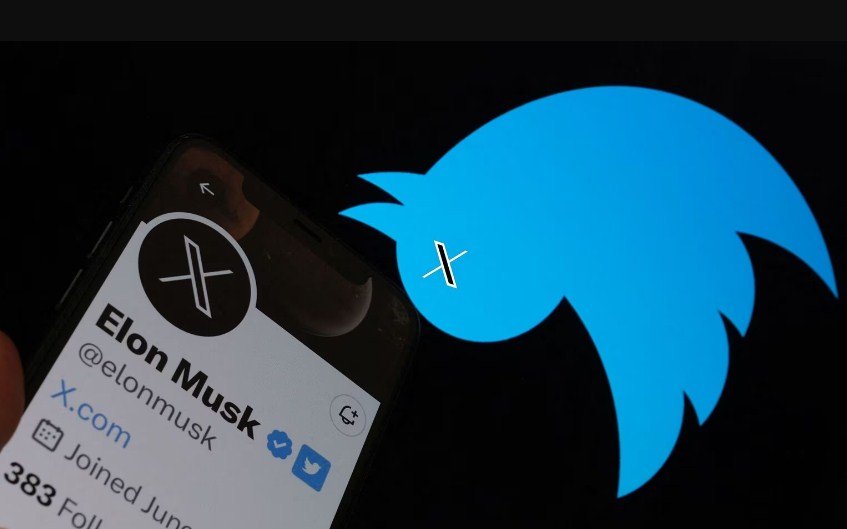Twitter was once a valuable platform for business development, networking and advertising. But after Elon Musk’s takeover and rebranding as X, the social media app has become a mess of hate speech, scams and chaos. Many users have left the platform or lost their professional opportunities, while others are wondering what the future holds for X.
The rise and fall of Twitter as a business tool
Twitter was launched in 2006 as a microblogging service that allowed users to post short messages of up to 140 characters. The platform quickly gained popularity and influence, attracting celebrities, politicians, journalists, activists and entrepreneurs. Twitter became a place where people could share their opinions, news, insights and jokes, as well as interact with their followers and peers.
Twitter also offered a unique opportunity for business development and marketing. Users could use the platform to promote their products, services, brands and projects, as well as to connect with potential customers, partners and investors. Twitter enabled users to reach a large and diverse audience, as well as to engage in real-time conversations and feedback. Twitter also provided tools such as analytics, ads and verification to help users optimize their business presence and performance.
Many users benefited from using Twitter as a business tool. For example, Rob Csernyik, a freelance journalist and columnist, said that he secured a story commission for a national publication and a four-figure paycheque by tweeting a story idea to his followers. He also said that Twitter helped him find two long-term freelance gigs and several one-off gigs that made a material difference to his income.
The impact of Elon Musk’s takeover and rebranding as X
However, things changed drastically in October 2022, when Elon Musk, the billionaire founder and CEO of Tesla and SpaceX, announced that he had acquired Twitter for US$40 billion and renamed it as X. Musk said that he wanted to make the platform more innovative, fun and free, and that he would introduce new features and changes to improve the user experience.
However, many of these changes turned out to be controversial, unpopular and harmful. For instance, Musk fired most of Twitter’s employees, including its CEO Jack Dorsey, and replaced them with his own loyalists and cronies. He also scrapped the verification system, which was used to identify and authenticate users with public interest or influence, and instead allowed anyone to buy a blue checkmark for US$69. He also introduced a subscription model, which limited the number of tweets, likes, retweets and follows that users could do without paying a monthly fee.
Moreover, Musk declared that X would be a platform for unfettered free speech, and that he would not censor or moderate any content, unless it was illegal or violent. He also encouraged users to express their opinions, jokes and memes, regardless of how offensive, provocative or controversial they might be. He said that he wanted to create a more lively and diverse community, and that he would reward users who generated the most engagement and controversy with cryptocurrency tokens.
However, this policy resulted in a surge of hate speech, harassment, misinformation and scams on the platform. According to the Center for Countering Digital Hate, slurs against Black Americans, gay Americans and Jewish people soared after Musk’s takeover. The platform also became a haven for racists, misogynists, homophobes, conspiracy theorists, trolls and bots, who spewed venom and vitriol at anyone who disagreed with them or challenged them. The platform also became a target for hackers, who exploited the security vulnerabilities and stole personal data and cryptocurrency from users.
The consequences for users and the future of X
As a result of these changes, many users left the platform or reduced their activity, either because they were disgusted, disappointed, frustrated or afraid of the toxic environment, or because they were banned, suspended, hacked or scammed. Many users also lost their professional opportunities, as they could no longer use the platform to network, advertise, pitch or communicate with their colleagues and customers. Some users also faced legal, reputational or financial troubles, as they were sued, defamed, blackmailed or extorted by other users or third parties.
The future of X is uncertain and bleak. According to Reuters, the monthly US ad revenue of the platform declined by more than half every month since Musk’s takeover. Musk also admitted that the company’s value had plunged by half to US$20 billion, though other estimates suggest lower figures. The platform also faces legal challenges, regulatory scrutiny and public backlash, as it is accused of violating laws, norms and ethics. Many users, experts and observers wonder whether X will survive, recover or improve, or whether it will collapse, disappear or be replaced by another platform.
X is a stark example of how a valuable business tool can be ruined by a reckless and irresponsible owner. Twitter was once a platform that enabled users to connect, communicate and collaborate with their peers and customers, as well as to promote their products, services and brands. X is now a platform that alienates, antagonizes and harms its users, as well as undermines their professional opportunities and interests. X is a mess that needs to be fixed, or else it will be forgotten.

